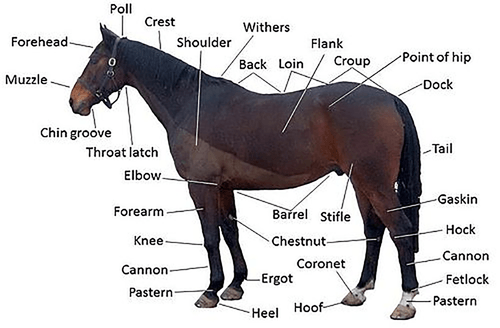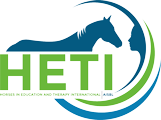
Equine Systemic Anatomy & Physiology
Overview
A comprehensive understanding of anatomy and physiology is crucial for those pursuing a career in animal healthcare. To comprehend an animal’s movements, digestion, illness, and recovery from an injury, it is necessary to have a grasp of the healthy functioning of various organs that work in unison to sustain life. This course will provide a detailed study of all body systems, with a focus on the position of organs, vessels, and nerves in relation to the primary landmarks of locomotion.
Learning outcomes
Understand the organization of living beings, scaling from microscopic to macroscopic order.
Identify all major parts of the equine skeletal system including both bones and joints. Locate major anatomical landmarks using surface anatomy.
Describe the equine muscular system and how it functions on both a microscopic and macroscopic level.
Describe the equine nervous system, its organization and function. Identify major nerves of the peripheral system, their location and their function.
Describe the digestive system, its organization and function (including accessory organs). Identify organ locations using musculoskeletal landmarks.
Describe the cardiovascular system’s organization, function, and relationship to other body systems. Identify all major arteries and veins and their location relative to musculoskeletal landmarks.
Describe the lymphatic system, its function, and the location of major lymph nodes.
Describe the respiratory system’s organization, conduction system, exchange system and the action of respiration.
Describe the organ systems of the pelvic cavity including the urinary system and the reproductive system. Identify the major organs of each system, including differences between male and female systems and their location with respect to major musculoskeletal structures.

